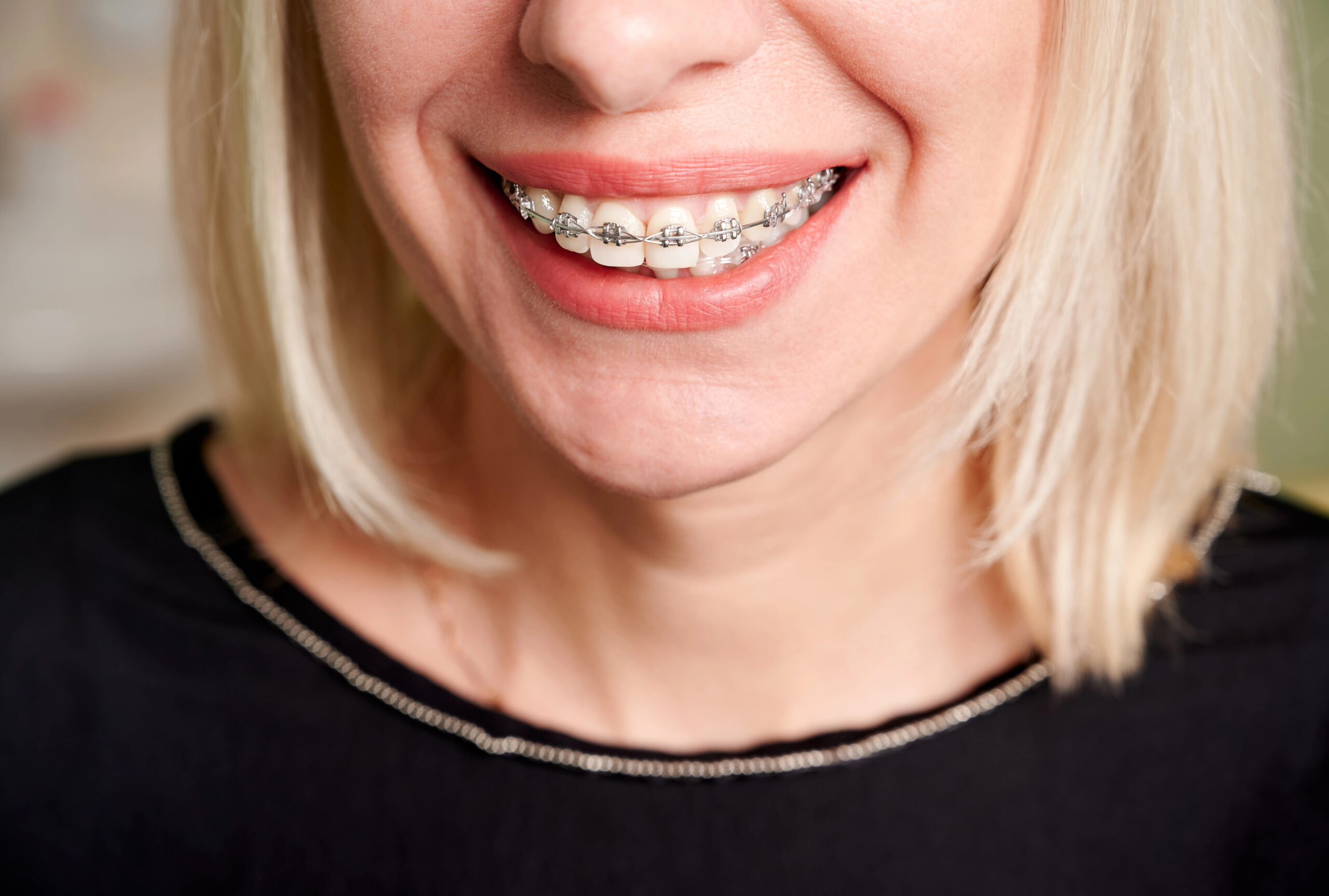When it comes to fast braces vs traditional braces, should you prioritize speed or comfort? Fast braces are designed to potentially shorten treatment time, while traditional braces have a long-standing reputation for reliability. Each option has its own set of advantages, making the choice between them a matter of personal preference and specific dental needs.
Fast Braces vs Traditional Braces
When considering orthodontic options, the treatment duration is a significant factor for many individuals. Fast braces vs traditional braces present distinct timelines for achieving desired results. Fast braces are often designed to expedite the alignment process, potentially reducing the overall treatment time compared to traditional braces. This accelerated approach can be appealing to those eager to see quicker results, although the exact duration can vary based on individual cases and specific dental needs.
In contrast, traditional braces have been a longstanding method in orthodontics, typically requiring a longer commitment to achieve optimal alignment. The duration for traditional braces can extend over several years, depending on the complexity of the dental issues being addressed. Understanding these differences in treatment duration is crucial for anyone weighing their options. For more insights into orthodontic choices, you might find the article on Traditional Braces vs Invisalign Cost: What to Expect informative.
Comfort Levels Analyzed
When considering fast braces vs traditional braces, comfort is a significant factor that many individuals weigh heavily. Traditional braces have been around for decades and are known for their durability and effectiveness, but they can sometimes cause discomfort due to the metal brackets and wires. This discomfort can be more pronounced during adjustments, as the teeth are gradually moved into their new positions. On the other hand, fast braces are designed with a focus on reducing treatment time, which can also influence the level of comfort experienced by the wearer. The design and technology behind fast braces aim to minimize discomfort by applying gentle pressure over a shorter period.
The choice between fast braces vs traditional braces often comes down to personal preference and tolerance for discomfort. Some people may find that the shorter treatment time of fast braces is worth any initial discomfort, while others may prefer the gradual adjustment process of traditional braces. Ultimately, the decision is highly individual and depends on various factors, including lifestyle and personal comfort levels. For those interested in exploring their options further, learning more about Braces in Gig Harbor can provide additional insights into what might be the best fit for their needs.
Aesthetic Considerations
When comparing fast braces vs traditional braces, aesthetic considerations often play a significant role in the decision-making process. Many individuals are concerned about how their orthodontic treatment will affect their appearance, especially in social or professional settings. Traditional braces are typically more noticeable due to their metal brackets and wires, which can be a concern for those seeking a more discreet option. On the other hand, fast braces may offer a less conspicuous appearance, depending on the specific design and materials used. Ultimately, the choice between fast braces vs traditional braces can be influenced by personal preferences regarding visibility and the overall impact on one’s smile during the treatment period.
Cost Implications Overview
When considering fast braces vs traditional braces, understanding the cost implications is crucial for making an informed decision. Generally, the cost of orthodontic treatment can vary significantly based on several factors, including the complexity of the dental issues being addressed, the duration of the treatment, and the specific orthodontic practice. Fast braces may offer a quicker treatment timeline, which could potentially influence the overall cost compared to traditional braces. However, it’s important to consider that each type of brace may have different associated costs, such as follow-up visits and adjustments. For those exploring their options in the Gig Harbor area, you can learn more about local orthodontic practices by visiting the Gig Harbor Dentist.
Maintenance Requirements
When considering fast braces vs traditional braces, understanding the maintenance requirements is crucial for anyone undergoing orthodontic treatment. Both types of braces necessitate regular cleaning to prevent plaque buildup and ensure oral health. Fast braces, known for their expedited treatment time, may require more frequent adjustments due to their accelerated nature. On the other hand, traditional braces, with their longer treatment duration, might involve a more extended commitment to maintenance routines. Regardless of the choice between fast braces vs traditional braces, maintaining a consistent oral hygiene routine is essential to achieving the desired results and ensuring the longevity of the treatment.
Suitability for Different Ages
When considering fast braces vs traditional braces, age can play a significant role in determining which option might be more suitable. Younger patients, such as children and teenagers, often have more malleable jawbones and teeth, which can make them more adaptable to various orthodontic treatments. On the other hand, adults may have different needs and concerns, such as aesthetics and treatment duration, which can influence their choice between fast braces and traditional braces. Each age group may experience different levels of comfort and speed in achieving desired results, making it important to consider these factors when exploring orthodontic options.
Impact on Daily Life
When considering fast braces vs traditional braces, it’s important to understand how each option can impact daily life. Fast braces are designed to reduce the time needed for orthodontic treatment, which may lead to fewer lifestyle disruptions and a quicker return to normal activities. On the other hand, traditional braces have been a long-standing choice, often requiring more frequent adjustments and a longer treatment period, which might affect daily routines and comfort levels. Both options have unique implications for how they integrate into everyday life, influencing everything from eating habits to oral hygiene practices.
Long-term Results Evaluation
When considering fast braces vs traditional braces, evaluating the long-term results is crucial for understanding their effectiveness in achieving desired dental outcomes. Both options aim to correct misalignments and improve oral health, but they may differ in how they maintain results over time. Fast braces are designed to expedite the alignment process, potentially offering quicker results, while traditional braces have a long-standing history of reliability. The choice between fast braces vs traditional braces often depends on individual needs and expectations regarding the durability and stability of the results. Understanding these differences can help in assessing which option aligns better with one’s long-term dental goals.
Technological Advancements in Orthodontics
In the evolving landscape of orthodontics, technological advancements have significantly influenced the debate of fast braces vs traditional braces. Innovations in materials and design have enhanced the efficiency and comfort of both options, allowing for more personalized treatment plans. These advancements have led to improved outcomes, with faster treatment times and increased comfort levels becoming more achievable. As technology continues to advance, the choice between fast braces and traditional braces becomes more nuanced, offering patients a range of options tailored to their specific needs and preferences.
Conclusion
In the debate of fast braces vs traditional braces, the choice ultimately depends on your personal priorities and needs. For more information, feel free to call us at 253-851-9473 or check out our Google Maps reviews.

